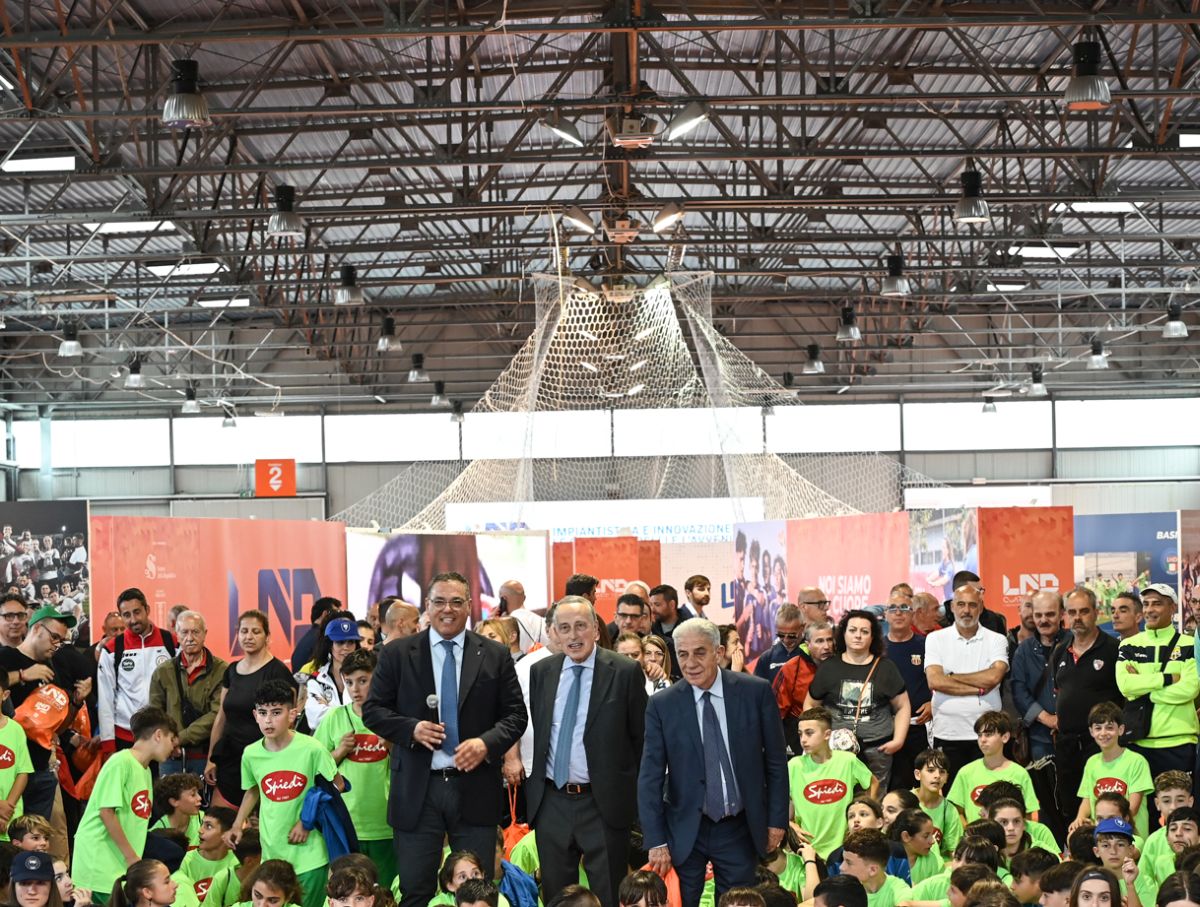Instacart is partnering with Uber Technologies Inc. to offer restaurant delivery through the Instacart app — taking on the top US food delivery app, DoorDash Inc.
Instacart users in the US will be able to order from hundreds of thousands of restaurants using an Uber Eats interface that will become available within the Instacart app sometime in the coming weeks. Orders will be fulfilled by Uber’s couriers, while grocery delivery will remain separate and operated by Instacart.
“You could say that we’re a threat to DoorDash both independently and teaming up as well,” Uber CEO Dara Khosrowshahi told Bloomberg’s Emily Chang in an exclusive joint interview with Instacart CEO Fidji Simo. “This is a highly, highly competitive marketplace. The beauty of this partnership is that both Instacart and Uber can continue to grow their business.”
Uber rolls out blue checkmark system for rider verification in Chicago, 11 other cities
Instacart is up 3% after the market open at 9:36 a.m. in New York after jumping as much as 7.9% in premarket trading. Uber is down 0.2% while DoorDash is down 1.6% after falling 5% in early trading.
Simo said she first approached Khosrowshahi about the idea. She declined to disclose specific financial terms of the deal but said that Uber will pay Instacart an affiliate fee for every order that her company passes on to it. Restaurant merchants won’t be able to tell whether the order is from an Uber Eats or Instacart customer, Khosrowshahi said, as Instacart restaurant orders will be funneled through Uber Eats.
Teaming up will allow Uber to tap Instacart’s customer base of suburban families — and allow Instacart to offer more value to subscribers paying for a $9.99-a-month membership, which now promises free delivery for grocery or restaurant orders over $35.
The partnership pits the pair against San Francisco-based rival DoorDash, which holds a commanding 67% share of the US food delivery market, according to Bloomberg Second Measure. DoorDash also runs a growing grocery business, which the company said last week had doubled for a third straight quarter. And it has the largest reported driver base, with 7 million in 2023 compared with 6.8 million for Uber globally and 600,000 for Instacart in North America.
US delivery apps like Uber, Instacart and DoorDash are seeking new areas for growth, which has tapered off since the pandemic when many customers developed a habit of regularly ordering in.
Also gone are the days of easy venture capital money to fund user growth. These companies now have an obligation to Wall Street investors to keep costs low and turn a consistent profit. Today they’re operating at a leaner scale while also expanding into non-restaurant deliveries and offering sponsored ad slots.
Instacart, which was founded in 2012, struck exclusive deals with grocery chains early on to bring their stock online, helping serve customers in the habit of making weekly grocery runs. But as those terms lapsed in recent years, DoorDash and Uber have also built out their grocery delivery offerings and onboarded a lot of the same retailers, successfully siphoning away last-minute or smaller-basket grocery purchases from Instacart. Competition has also grown as Amazon Inc. and Walmart Inc. have expanded further into delivering fresh produce.
Among third-party apps, Instacart still maintains a lead in big-ticket grocery purchases, based on public filings. It also has more than 5 million paid subscribers. Those loyal users represent more than half of the activity on the Instacart platform, which has over 7.7 million monthly active users, Instacart’s CFO Nick Giovanni said last November. And Uber, which began as a rideshare service serving affluent urban customers, sees Instacart’s family-centric, suburban demographic as a market it can tap into without making an actual acquisition.
“Certainly, Instacart is a very strong competitor as it relates to grocery,” Khosrowshahi said. “But for us it was an opportunity to expand essentially the Uber Eats business especially into the suburban markets where Instacart is particularly strong.”
In January, Wolfe Research analyst Deepak Mathivanan entertained the idea of Uber merging with Instacart as it presented “financial synergies on revenues,” prompting him to upgrade Instacart’s stock. Shares of Instacart, which went public last year trading as Maplebear Inc., had their biggest one-day percentage gain in three months after the report.
Khosrowshahi, a seasoned deal maker who has focused on reining in costs at Uber, said an acquisition is “not on the cards right now.” Instacart’s Simo said her company is committed to operating independently.
Analysts are expecting Uber’s delivery gross bookings growth to slow for a third straight quarter to 17% when the company reports first-quarter earnings Wednesday, according to estimates compiled by Bloomberg. That’s compared with DoorDash’s 21% growth reported last week.
The partnership is likely aimed at boosting order-volume growth, Bloomberg Intelligence analysts wrote, adding it is also “key to expanding the high-margin ad business” of the marketplaces.





